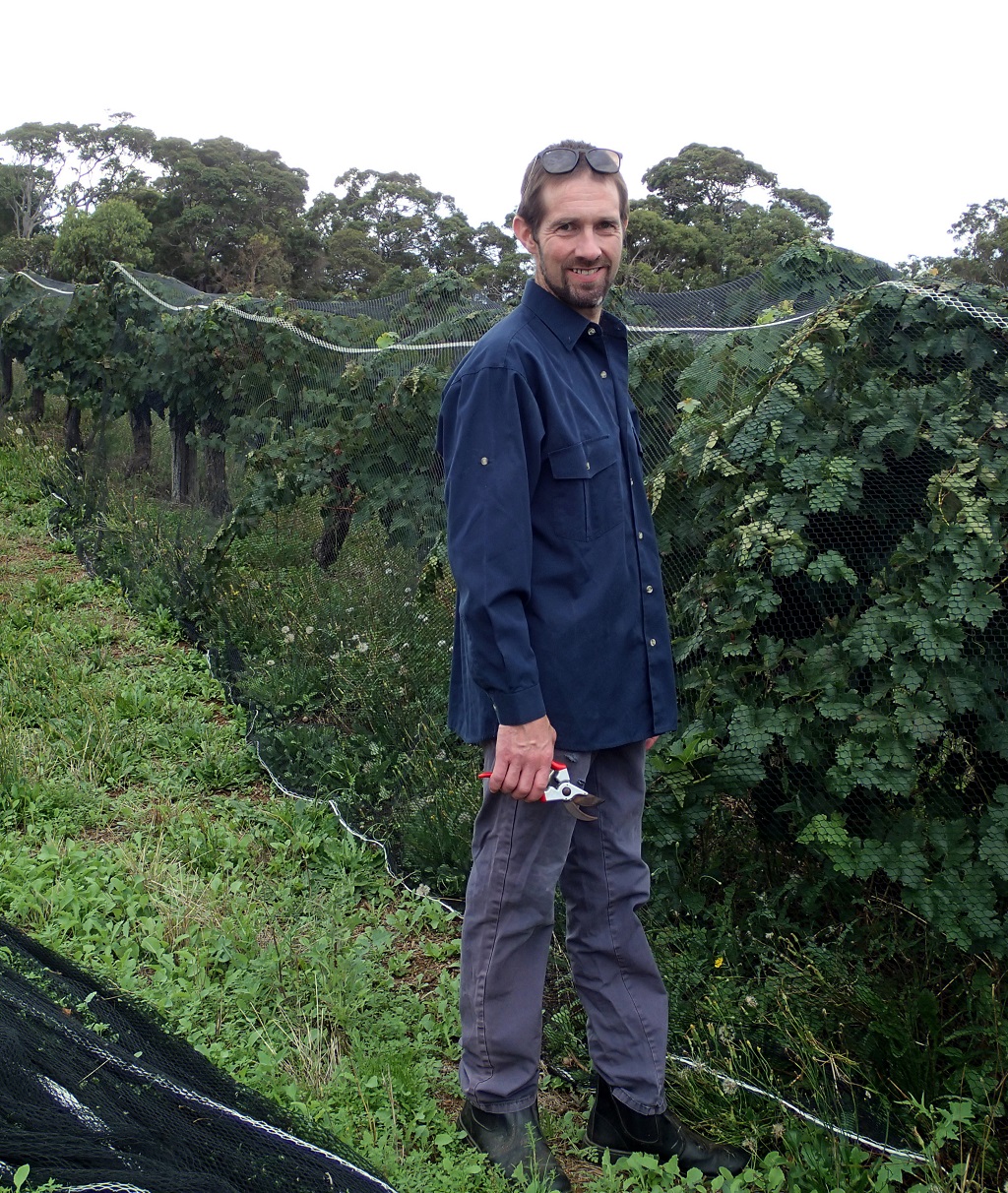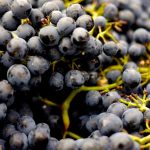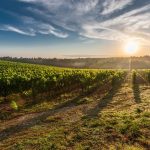Project leader Dr Michael Considine. Image courtesy University of Western Australia
New insights from University of Western Australia researchers into why latent grapevine buds are unable to resume growth in summer could lead to better managing the effects of climate change in crops.
The study, published in the Journal of Experimental Botany, investigated the apparent disconnect between dormancy and the underlying metabolism of grapevine buds, from bud set in summer to bud burst in spring.
Project leader Dr Michael Considine is an ARC Future Fellow at The UWA Institute of Agriculture and School of Molecular Sciences, and research scientist at the Department of Primary Industries and Regional Development.
The UWA research team included Dr Yazhini Velappan, Dr Tinashe Chabikwa, Dr John Considine, Dr Patricia Agudelo-Romero and Dr Santiago Signorelli, as well as Professor Christine Foyer from the University of Birmingham.
Grapevine (Vitis vinifera L.) is the most economically important fruit crop worldwide, grown commercially on all continents except Antarctica.
Dormancy is a seasonal condition of inactivity that is common among woody perennial plant species, including many commercial fruit-producing species.
The transition to dormancy suspends vegetative and reproductive growth and protects embryonic organs during unfavourable conditions such as winter frost.
Dormancy is made up of numerous processes (such as growth, metabolism and vascular) that are influenced by climate factors.
The expression of dormancy for any one species or variety varies in different seasons and climates and can have a large influence on fruit or seed production in the following year.
Over two consecutive years, the researchers evaluated the competence of bud growth from 275 Merlot grapevines in Margaret River.
In addition to RNA sequence data analysis, they measured the depth of dormancy, effect of climate and chilling, bud moisture content, bud respiration and internal bud oxygen partial pressure.
The data revealed a pronounced peak of dormancy in late summer followed by a two-phase release from dormancy during autumn and late winter.
Considine said the findings established a clear disconnect between the capacity to grow and metabolic and transcriptional regulation.
“We observed an extreme resistance of explants (plant samples) collected in late summer to resume growth, which was not consistent with the seasonal dynamics of climate, physiology or gene expression,” he said.
“This study provides critical insight to the understanding of the regulation of dormancy.”
Considine explained that a greater understanding of dormancy transitions was integral to better managing the effects of climate change in forest and crop systems.
“Grapevines display considerable plasticity to climate and seasonality,” he said.
“Understanding the relationship between metabolism, cell signalling, and growth physiology is essential to enable changes in practice that accommodate regional climate change and enable increased productivity in marginal, warmer climates.
“For example, this research could lead to better management of energy reserves in warmed climates such as Carnarvon, Broome and the Northern Territory.”
Are you a Daily Wine News subscriber? If not, click here to join our mailing list. It’s free!
















